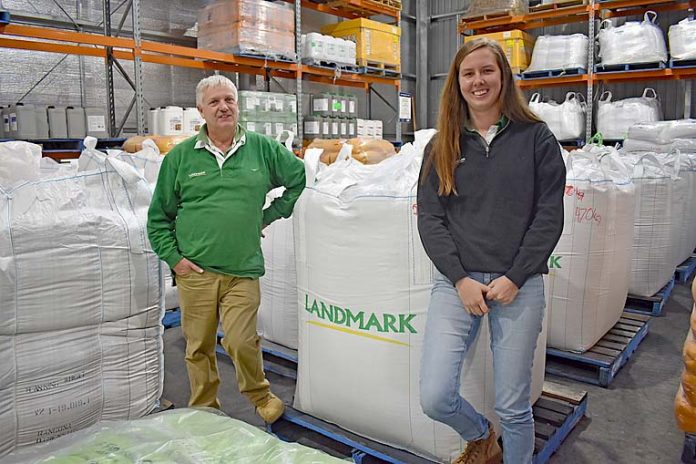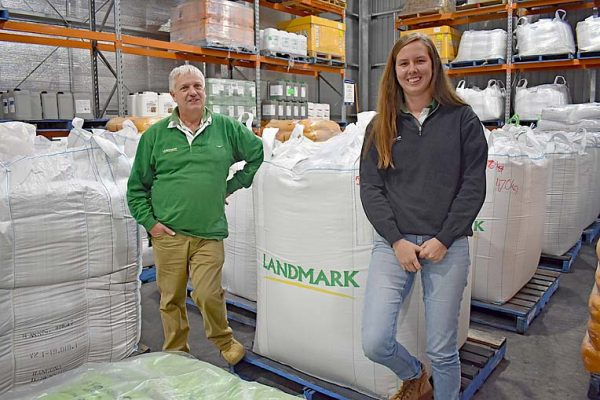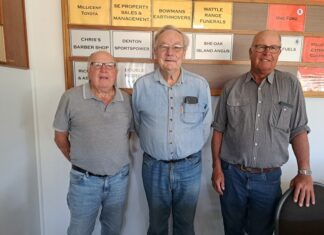

Picture: J.L. “FRED” SMITH
FARMERS across Millicent and district are still waiting on heavy rain for the growth of feed for stock and to prepare the ground for the sowing of cereal crops.
It is a long tradition for farmers in the region to welcome opening rains at around Anzac Day each year.
After a dry summer, there were some light showers recorded yesterday morning at the automatic weather stations across the region.
Up to 15mm of rain was forecasted for Mount Gambier on Friday by the Bureau of Meteorology.
Hatherleigh farmer Trevor Rayson told The South Eastern Times more rain was needed.
“We had a good spring followed by a dry summer and now we are awaiting rain,” Mr Rayson said.
“We need it for pasture growth as feeding stock is both time consuming and expensive.
“We have ewes coming into lambing and they have high energy requirements.
“We also have to look after our lactating cows with calves at foot.”
Mr Rayson has started some of his sowing ahead of the anticipated rain.
His farm grows broad beans, wheat and canola, as well as pasture seed production.
He said he would devote the same percentages of crops to his land as last season.
Landmark Millicent agronomist Emily Gilbertson said sowing was not yet fully under way across the Millicent district.
She said some farmers had sown under centre pivots.
“We had about 10mm of rain about two weeks ago and there is enough moisture and warmth in the soil to get things going,” Ms Gilbertson said.
“Fingers crossed, we will continue to get good prices for wheat while the record prices for broad beans may come back.”
Ms Gilbertson said the crops of choice among local farmers were expected to remain consistent.
She said successful trials of winter wheat varieties at Rendelsham might encourage some local farmers to act in this direction as a way of lowering risk.
Elders Mount Gambier livestock manager David Creek said the South East was a “prime agricultural area” with ideal conditions for livestock and crop farming.
“We have water underneath us, reliable rainfall and I go as far as saying we will always get a rainfall break,” Mr Creek said.
“We are still bringing in a lot of stock from other rural areas because it is such a reliable area.
“The traditional dry summer has been good for us eliminating factors like worm burden which was quite fatal last spring for livestock.”
Mr Creek said the company received numerous phone calls from parts of Australia requesting land to store livestock due to tough conditions.
“The other day I had some calves come in from Gippsland which is a reliable area,” he said.
“Farmers were ringing us during the summer months asking if there was any spare paddock space because they just want to save their good breeders.”
Meanwhile, there remains an upbeat tone among the farming community with recent auction prices for local rural land soaring past the $6300 per Imperial acre mark.





